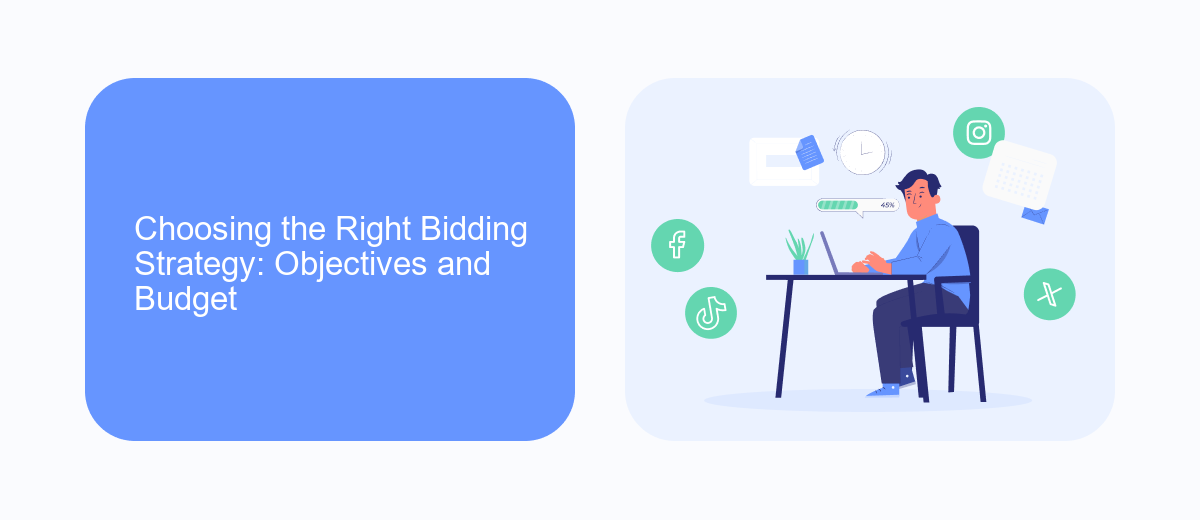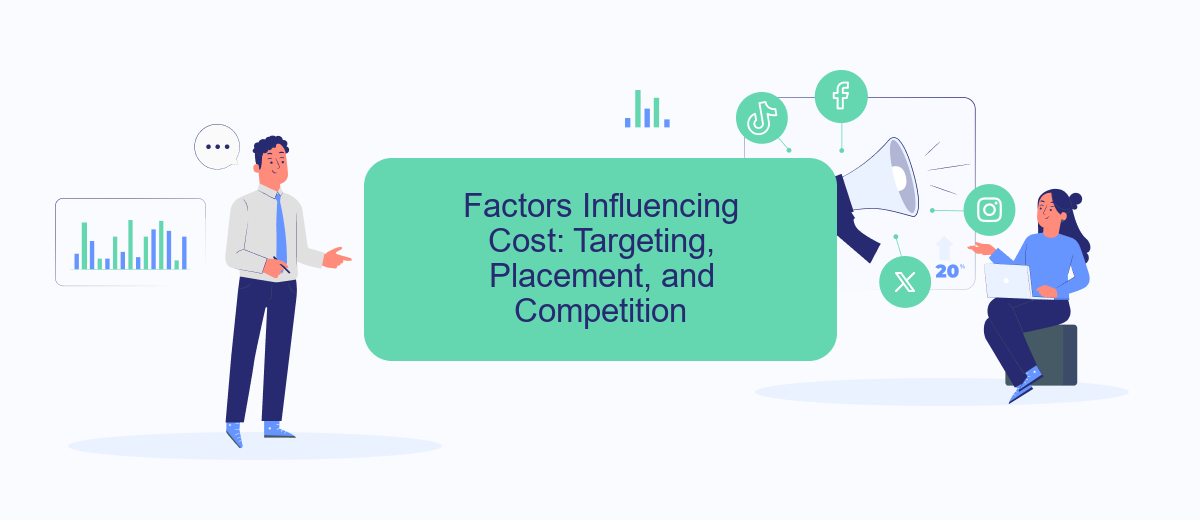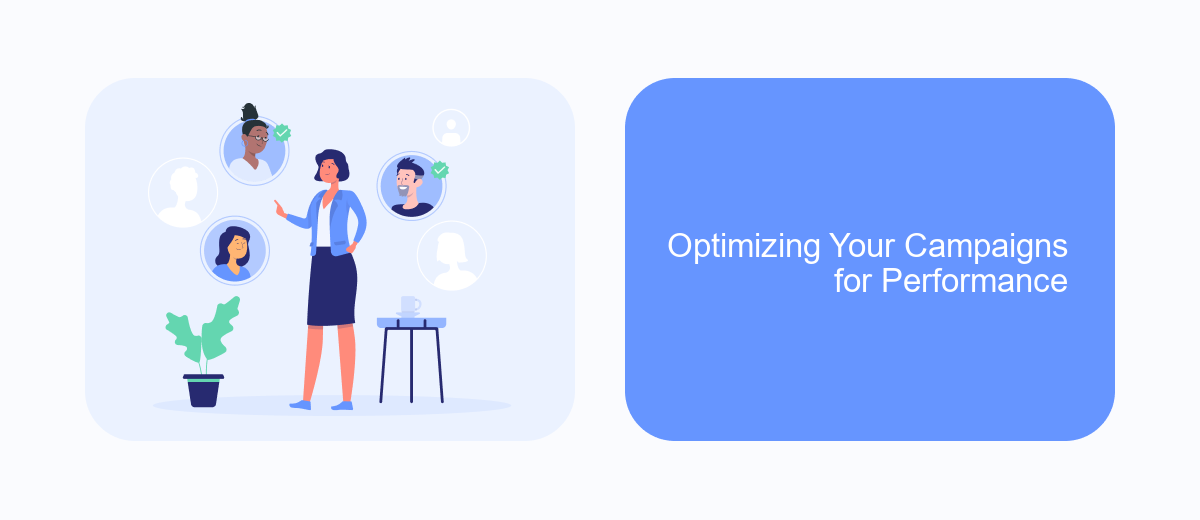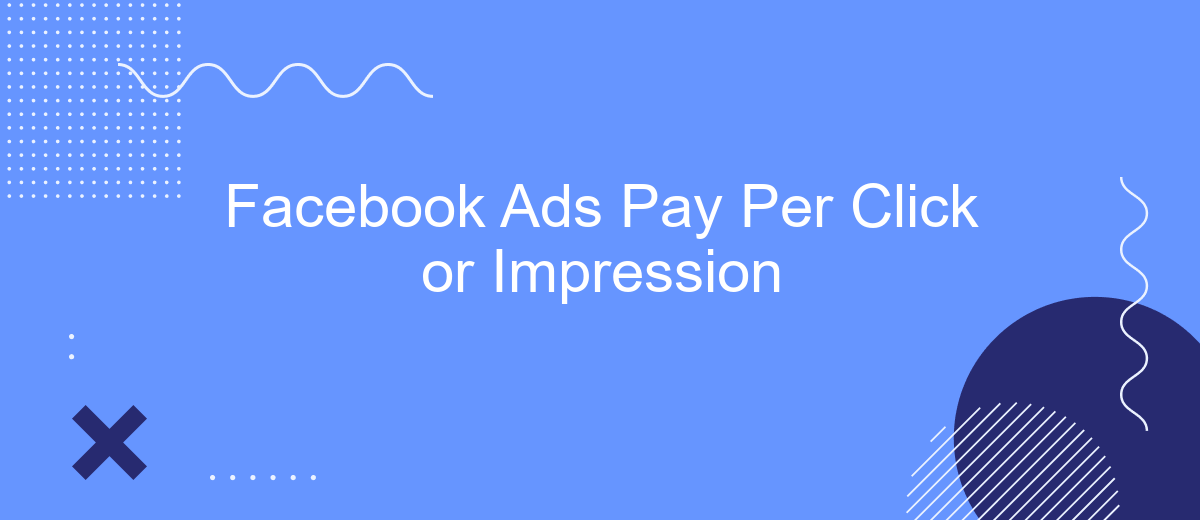When it comes to advertising on Facebook, businesses often face the decision of choosing between Pay Per Click (PPC) and Pay Per Impression (PPI) models. Each approach offers distinct advantages and can significantly impact your marketing strategy. Understanding the differences between PPC and PPI is crucial for optimizing your ad spend and achieving your campaign objectives effectively. This article explores the nuances of both models to help you make an informed choice.
Understanding Facebook Ads: PPC vs. CPM
Facebook Ads offers two primary pricing models: Pay Per Click (PPC) and Cost Per Mille (CPM). Understanding the difference between these models is crucial for optimizing your advertising strategy. PPC charges advertisers each time a user clicks on the ad, making it ideal for campaigns aimed at driving direct actions like website visits or purchases. CPM, on the other hand, charges for every 1,000 impressions, focusing on visibility and brand awareness. Choosing the right model depends on your campaign goals and budget.
- PPC (Pay Per Click): Best for action-driven campaigns.
- CPM (Cost Per Mille): Ideal for increasing brand awareness.
- Budget Considerations: PPC can be more cost-effective for targeted actions.
- Campaign Goals: Align your choice with your primary objectives.
In summary, PPC and CPM serve different purposes and selecting the appropriate model can significantly impact your campaign's success. For direct engagement and measurable actions, PPC is often more suitable. Conversely, if your goal is to maximize reach and visibility, CPM might be the better choice. Evaluating your objectives and resources will guide you in making an informed decision between PPC and CPM.
Choosing the Right Bidding Strategy: Objectives and Budget

When selecting the right bidding strategy for your Facebook Ads, it's crucial to align your objectives with your budget. If your primary goal is to increase brand awareness, opting for a cost-per-impression (CPM) model may be more suitable, as it focuses on maximizing visibility across a broad audience. On the other hand, if your aim is to drive specific actions, such as clicks or conversions, a cost-per-click (CPC) strategy might be more effective. This approach ensures you only pay when users engage with your ad, making it a cost-efficient option for performance-driven campaigns.
Budget considerations play a pivotal role in choosing your bidding strategy. A limited budget might benefit from a CPC approach, ensuring every dollar spent is tied to user interaction. However, if you have a more flexible budget and aim to build brand recognition, investing in a CPM strategy can provide broader reach. Additionally, integrating tools like SaveMyLeads can streamline your ad management, allowing for automated data transfer and efficient budget allocation, ensuring your campaigns run smoothly and effectively meet your objectives.
Factors Influencing Cost: Targeting, Placement, and Competition

When it comes to Facebook Ads, several factors influence the cost of your campaigns. Understanding these elements can help you optimize your budget and achieve better results. The three primary factors are targeting, placement, and competition.
- Targeting: The more specific your audience targeting, the higher the cost may be. Narrowing down your audience by demographics, interests, and behaviors can lead to increased costs due to the competitive nature of reaching a highly defined group.
- Placement: The choice of ad placement also affects costs. Ads placed in high-visibility areas such as the Facebook News Feed or Instagram Stories tend to be more expensive than those placed in less prominent locations.
- Competition: The level of competition in your industry or for specific audiences can drive up costs. During peak times or for popular audiences, you may face higher CPC or CPM rates due to increased demand for ad space.
By carefully considering these factors, advertisers can make informed decisions about their Facebook Ads strategies. Balancing targeting precision, strategic placement, and understanding competition can lead to more effective and cost-efficient campaigns.
Optimizing Your Campaigns for Performance

To maximize the effectiveness of your Facebook Ads, it's crucial to continuously optimize your campaigns. Start by analyzing the performance metrics such as click-through rates, conversion rates, and return on ad spend. This analysis will help you identify which ads are performing well and which ones need adjustment.
Testing is another essential component of optimization. Implement A/B testing to experiment with different ad elements such as headlines, images, and calls-to-action. By comparing the results, you can discern which variations yield the best performance and refine your strategy accordingly.
- Set clear, measurable goals for each campaign.
- Regularly review and adjust your target audience settings.
- Utilize Facebook's Ad Manager tools to track performance.
- Continuously update your ad creatives to avoid audience fatigue.
- Allocate budget to high-performing ads and pause underperforming ones.
Finally, keep an eye on industry trends and changes in Facebook's advertising platform. Staying informed will enable you to adapt your strategies and maintain a competitive edge. Regular optimization ensures that your campaigns remain cost-effective and aligned with your business objectives.
- Automate the work with leads from the Facebook advertising account
- Empower with integrations and instant transfer of leads
- Don't spend money on developers or integrators
- Save time by automating routine tasks
Measuring Success: Key Metrics and Analysis
Measuring the success of your Facebook Ads campaign involves monitoring key metrics to understand its effectiveness. One crucial metric is the Click-Through Rate (CTR), which indicates how compelling your ad is by measuring the percentage of people who clicked on your ad after seeing it. Another important metric is the Conversion Rate, which helps determine how well your ad is driving desired actions, such as purchases or sign-ups. Cost Per Click (CPC) and Cost Per Impression (CPM) are also essential for assessing the financial efficiency of your campaign. By analyzing these metrics, you can adjust your strategy to optimize performance and budget allocation.
To streamline the process of tracking and analyzing these metrics, consider integrating automation tools like SaveMyLeads. This service allows you to connect Facebook Ads with various CRM systems, ensuring that your leads are automatically captured and organized for better analysis. By leveraging such integrations, you can focus on refining your ad strategy while gaining deeper insights into your campaign's performance, ultimately leading to more informed decision-making and improved ROI.
FAQ
What is the difference between Pay Per Click (PPC) and Pay Per Impression (PPI) in Facebook Ads?
How do I decide whether to use PPC or PPI for my Facebook Ads campaign?
Can I change my payment method from PPC to PPI or vice versa after the campaign has started?
How can I track the performance of my Facebook Ads to see if PPC or PPI is more effective?
Are there tools to help automate and optimize my Facebook Ads campaigns for PPC or PPI?
Would you like your employees to receive real-time data on new Facebook leads, and automatically send a welcome email or SMS to users who have responded to your social media ad? All this and more can be implemented using the SaveMyLeads system. Connect the necessary services to your Facebook advertising account and automate data transfer and routine work. Let your employees focus on what really matters, rather than wasting time manually transferring data or sending out template emails.

